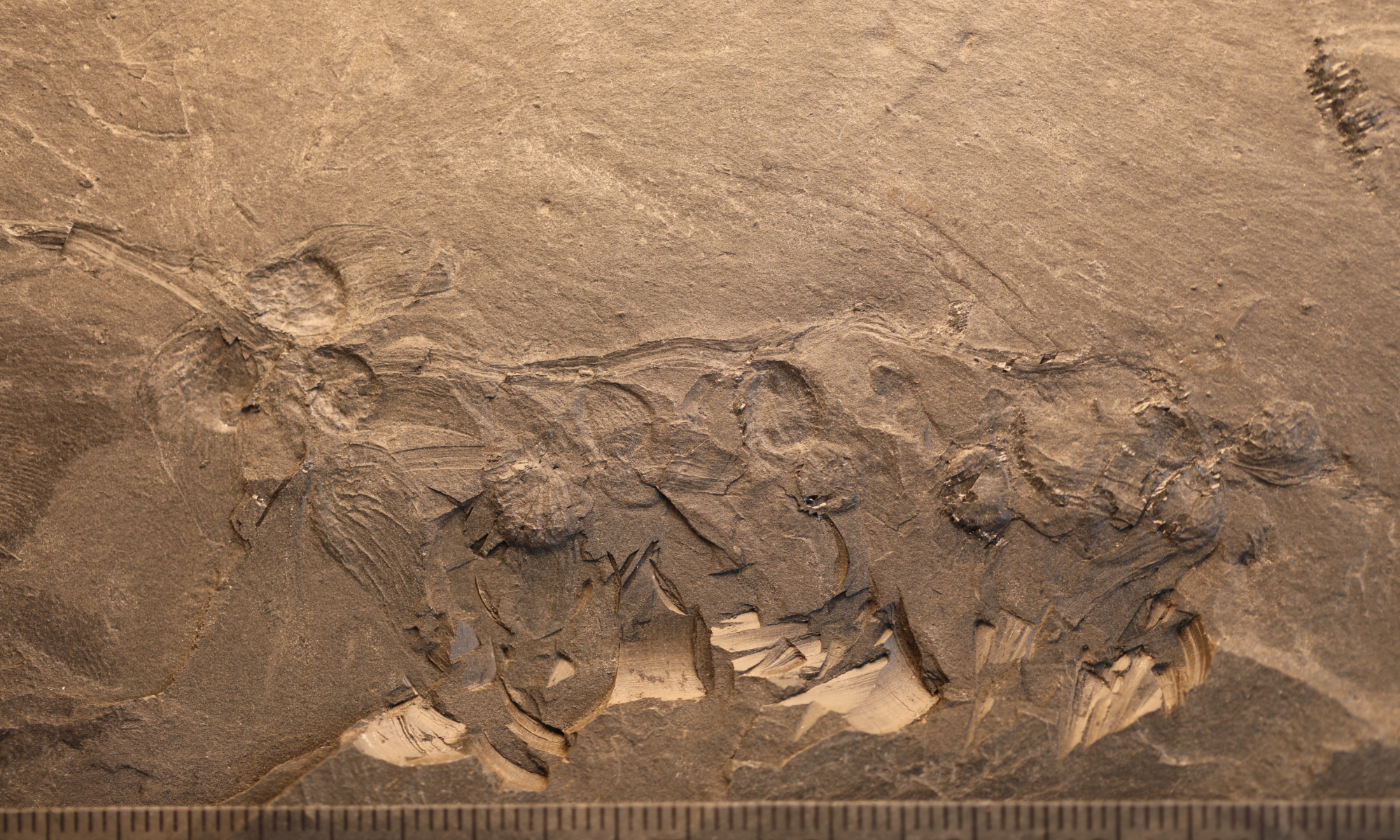Check out this fossilized plant that dates back 170 million years.
Scientists Discover Earliest Angiosperm in Northwest China
Chinese paleontologists have made a groundbreaking discovery, unearthing a 170-million-year-old flower fossil, shedding light on the early evolution of angiosperms in the region.
Oldest Angiosperm Uncovered by Chinese Researchers
A team of paleontologists from the Chinese Academy of Sciences Nanjing Institute of Geology and Palaeontology, Lanzhou University, Ningxia Geological Museum, and Northwest University have recently announced the discovery of the earliest known angiosperm in Northwest China. This groundbreaking find was published in Life, an international biological journal.
Measuring 17 millimeters in length and 9 millimeters wide, the fossilized flower buds were found on a 15-millimeter-long stalk. According to the researchers, the oval buds feature a larch-like structure at the base, covered with flower petals.
Angiosperms: The Most Evolved Plant Group
The study’s lead researcher explained that flowers and fruits belong to the angiosperm family, which represents the most evolved, diverse, widely distributed, and adaptable group of plants today. There are currently about 300,000 species of angiosperms worldwide.
The research team reevaluated a Jurassic plant fossil from Northwest China, approximately 170 million years old. Previously identified as a gymnosperm and named Drepanolepis formosa Zhang, 1998, the team employed micro-CT technology to scan the fossil, revealing inverted ovules—a defining feature of angiosperms.
Introducing Qingganninginfructus formosa
The scientists found that each carpel or fruit of the fossil plant contained an inverted ovule with two integuments, a crucial characteristic for identifying angiosperms. Consequently, they named the fossil plant Qingganninginfructus formosa.
A Glimpse into the Early Spread of Angiosperms
The discovery of Qingganninginfructus formosa serves as the earliest evidence of angiosperms in Northwest China. This find suggests that angiosperms emerged and spread widely as early as the Middle Jurassic, 170 million years ago, and achieved a certain level of prosperity. The Middle Jurassic period, spanning from approximately 174 to 164 million years ago, was a critical phase in Earth’s history marked by significant evolutionary and ecological changes.
This era saw the diversification of marine invertebrates, such as ammonites and bivalves, as well as the emergence of new reptile species, including ichthyosaurs and plesiosaurs. On land, the Middle Jurassic experienced the rise of more dinosaurs, which began dominating terrestrial ecosystems, eventually evolving into a myriad of diverse forms. Additionally, this period was crucial for the development and early diversification of plant life, particularly angiosperms, which later became the dominant plant group on Earth.
PLEASE READ: Have something to add? Visit Curiosmos on Facebook. Join the discussion in our mobile Telegram group. Also, follow us on Google News. Interesting in history, mysteries, and more? Visit Ancient Library’s Telegram group and become part of an exclusive group.

